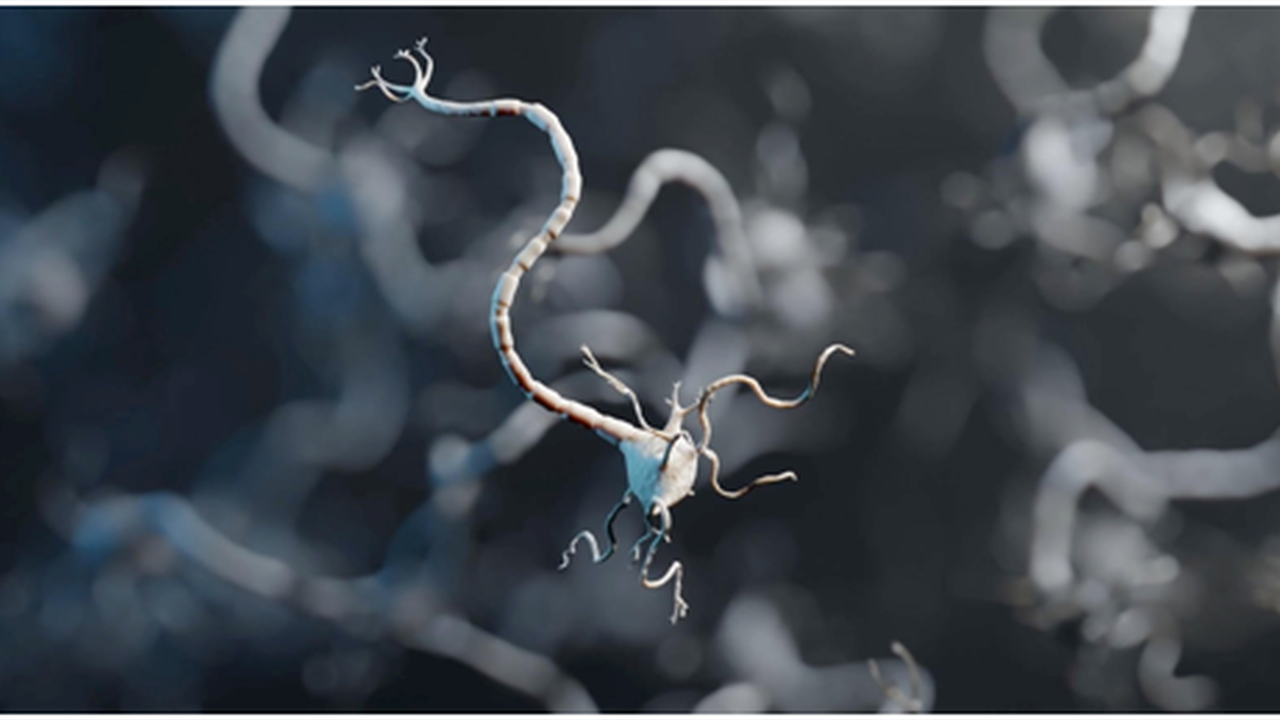Donostia, Zientzia Hiria comes back with a cycle of talks on neurotechnologies and brain

The connections between neurons in our brain exceed three times those existing on the internet globally. In the midst of this complex neural network, everything that defines us as humans is born: consciousness, abstract thought, imagination, creativity, dreams, memory. Likewise, any failure in the matrix can trigger pathologies such as Alzheimer`s, Parkinson`s or schizophrenia, among others. But what do we really know about these almost infinite interconnections in our brain?
The answer to these and other questions will come from the cycle “Neurotechnologies, towards understanding the human brain”, organized by Donostia Kultura, Donostia International Physics Center (DIPC) and San Telmo Museoa, in a new edition of the program Donostia, Zientzia Hiria, which will take place between March and April at San Telmo Museoa, in the frame of its initiative Challenges (Desafíos).
This cycle of talks will feature top-level speakers, who carry out frontier research in various areas related to the brain, such as the prominent psycholinguist Esti Blanco Elorrieta, a researcher in the neuroscience of bilingualism at Harvard University. In this talk, scheduled for Tuesday, March 21, she will explain how our brains decode the sound of words or sign language to understand messages. Her research combines neuroimaging data, computational and behavioral methods of monolingual and multilingual people with theoretical knowledge of linguistics, psychology and neuroscience.
The sessions continue on Tuesday, March 28, with the presentation of Ander Ramos, leader in neuroprosthetics and neurotechnology at Tecnalia, who will speak about neural interfaces and bioelectronic medicine. Ander Ramos is a member of the Basque Nanoneuro Network (B3N), an IKUR initiative of the Basque Government that brings together 7 research centers, and whose objective is to use all the knowledge in nanotechnology existing in the Basque Country, to develop neurotechnologies capable of reading and modifying the neural activity in a minimally invasive way.
After taking a break for Easter, the series returns on Tuesday, April 18 with Ane Escobar, Ph.D. in applied chemistry, Gipuzkoa Fellow at the Center for Materials Physics (CFM CSIC-UPV/EHU) in San Sebastián and member of B3N, who will talk about the potential of gold nanoparticles in future therapies that seek to regulate neuronal activity through the concentration of light and heat.
The cycle concludes on Tuesday, April 25 with a round table with members of Jakiunde, including the expert in cognitive rehabilitation and neuroimaging Naroa Ibarretxe, the neuroscientist José Félix Martí Massó, the philosopher Víctor Gómez Pin and the sociologist Nekane Balluerka, expert in behavioral science methodologies. The round table will be moderated by Aitzol García-Etxarri, leader of the DIPC nanophotonics group and co-founder of the Basque Nanoneuro Network, who will stimulate an interdisciplinary dialogue on the challenges and risks of neurotechnologies, both from the health-sciences point of view and from the perspective of the humanities.
All the sessions will be at the San Telmo Museoa, at 7:00 p.m., in Spanish, with free admission until full capacity is reached. The talks can also be followed by streaming through the museum`s YouTube channel.
